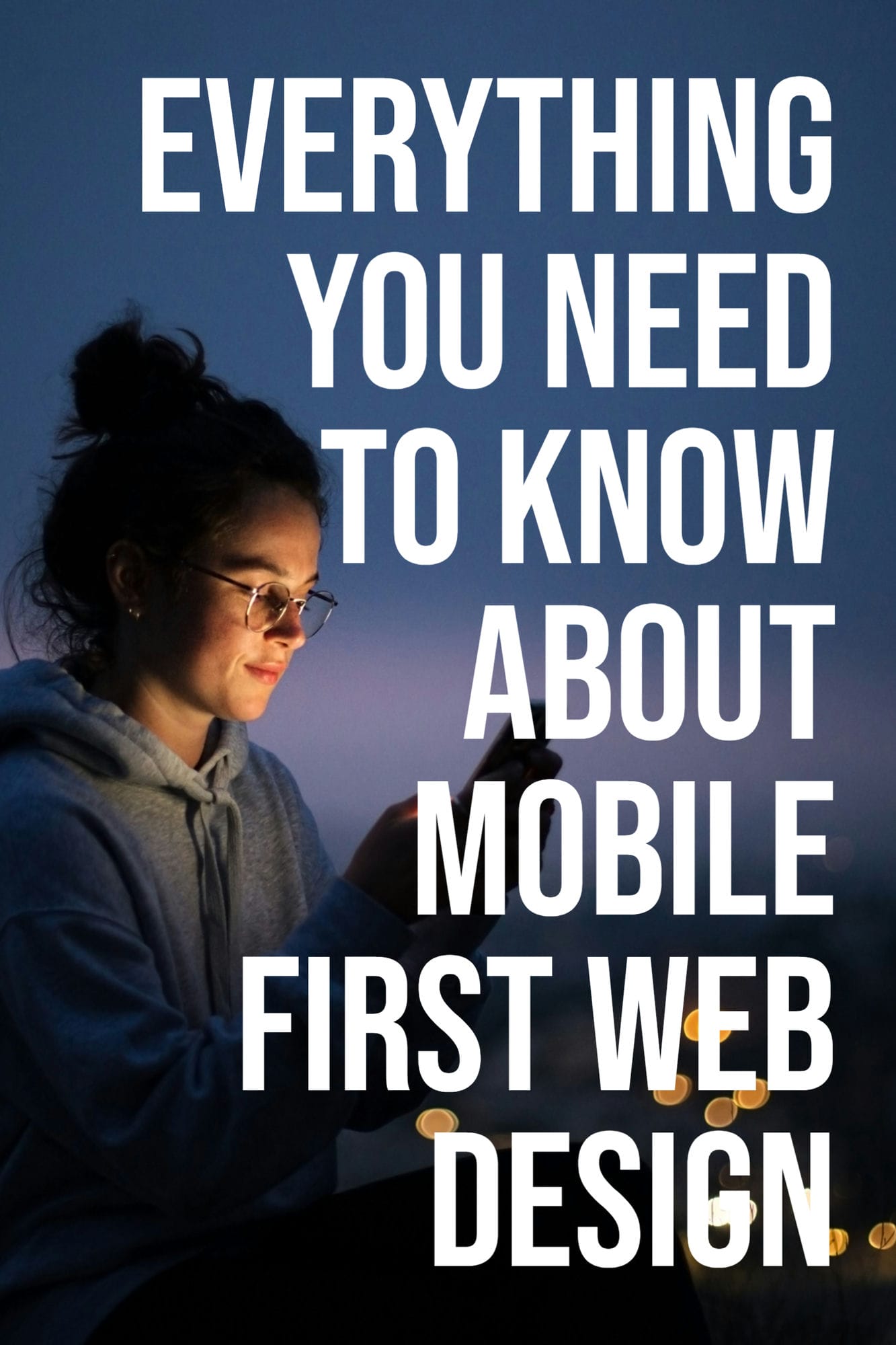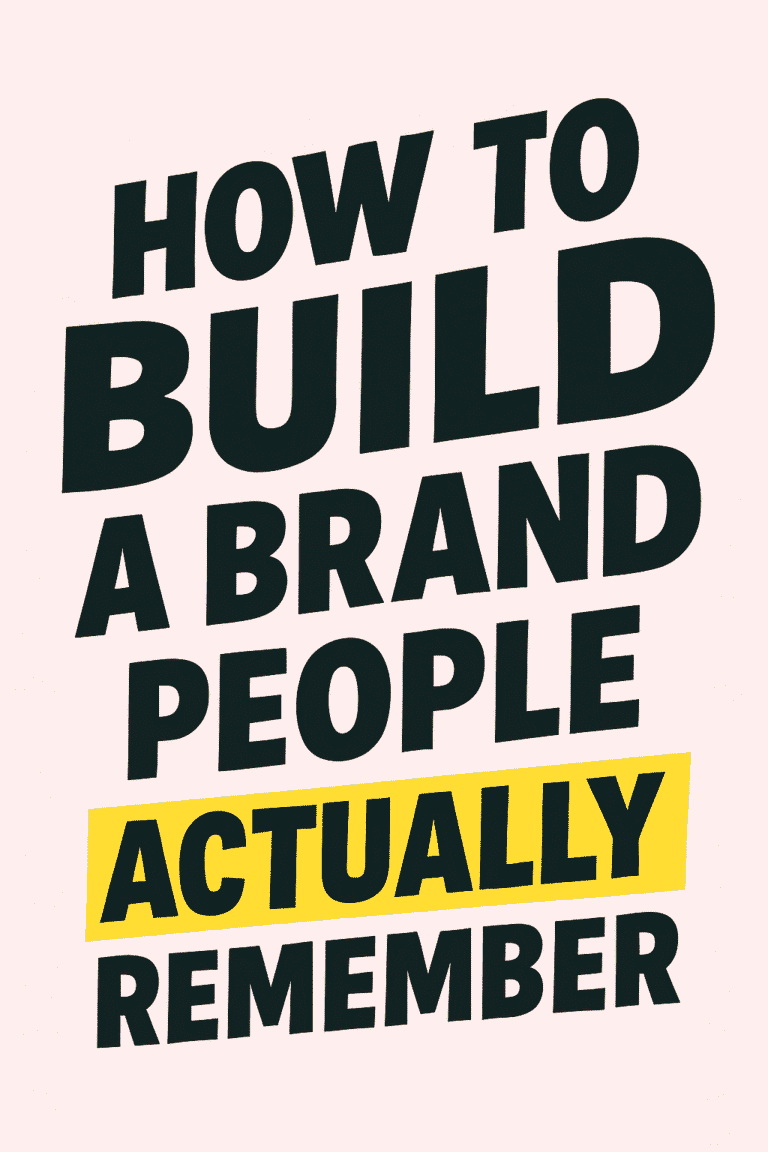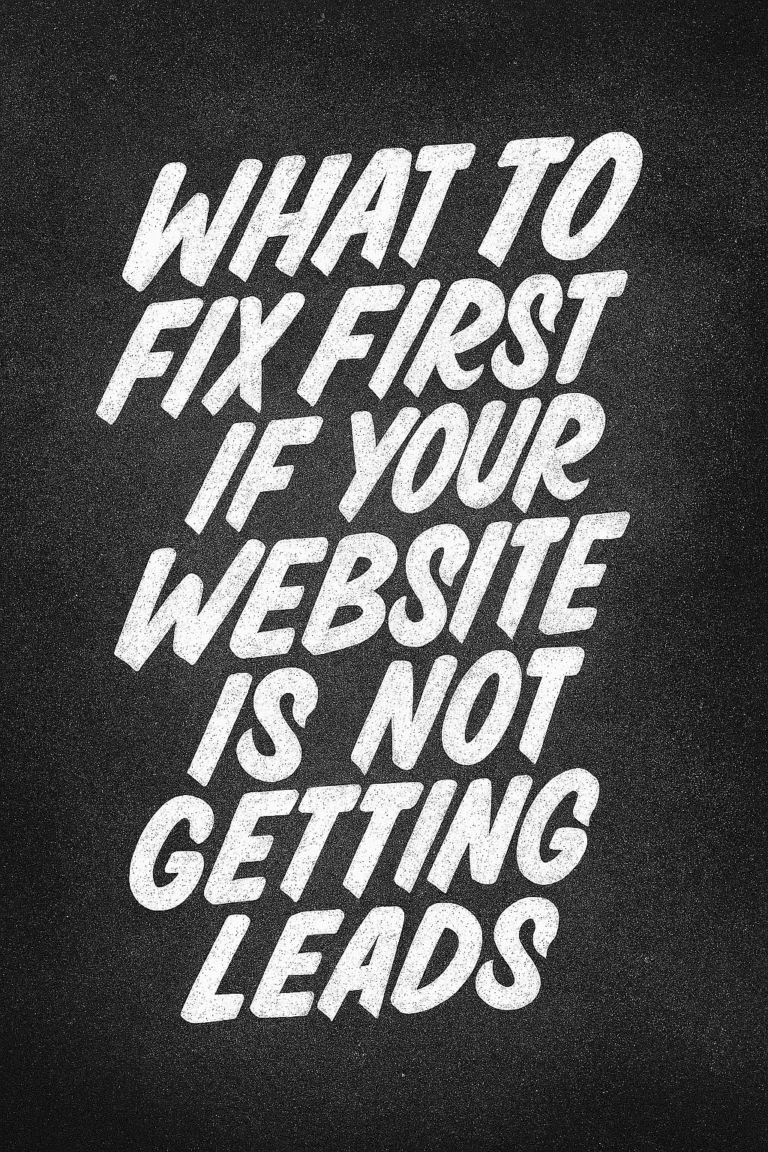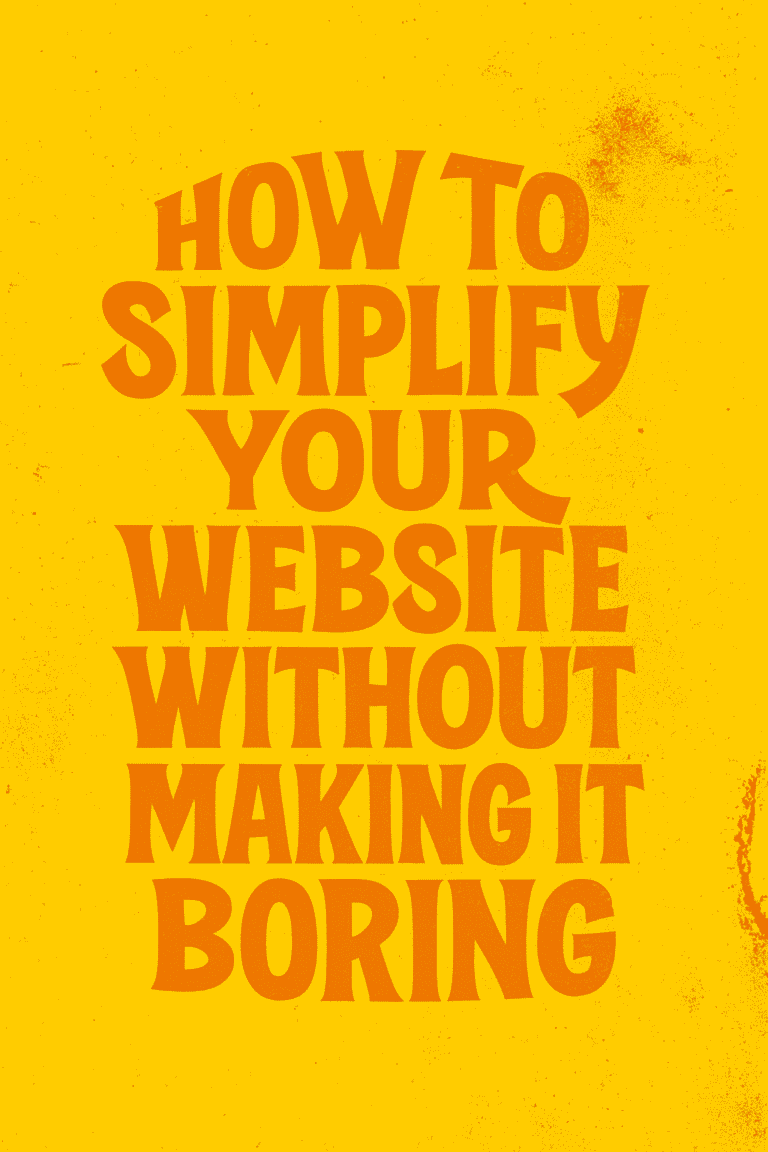
If you’re not familiar with the term, “mobile first web design” is a web design approach that focuses on delivering the best possible experience to mobile users first and foremost. Desktop users are still taken into consideration, but they are secondary to mobile users in terms of priority. This is a relatively new concept, but it’s one that is gaining traction quickly because of the increasing number of people who are using their phones and tablets to browse the web. In this blog post, we’ll discuss some of the benefits of mobile first web design and how you can implement it on your own website.
Adaptive, Responsive, Mobile-First: What’s the difference?
Mobile web design has been around for a while. In its simplest form, it’s designing and developing a website specifically for mobile devices like smartphones and tablets. But as the web has evolved, so has mobile web design. Now there are three main approaches to designing for mobile devices: adaptive design, responsive design, and mobile-first design.
So, what’s the difference between these three approaches? Let’s take a look:
Adaptive Design: Adaptive web design is the process of creating a website that can adapt to various screen sizes and devices. This means that the website will automatically adjust its layout and content to fit the device it’s being viewed on. Adaptive web design is a great solution for companies that want to have full control over their website’s look and feel on all devices.
Responsive Design: Responsive web design is very similar to adaptive web design, but it takes things a step further. In addition to automatically adjusting the layout and content to fit various devices, responsive web design also uses media queries to determine the width of the device’s screen. This allows for a more customized experience that is specifically designed for each individual device.
Mobile-First Design: Mobile-first web design is a relatively new approach that takes into account the growing number of people who are using mobile devices to access the web. With mobile-first web design, the focus is on designing and developing a website specifically for mobile devices first and then adapting it to work on larger screens. This approach starts with the assumption that most users will be accessing the site on a mobile device and then makes sure that the experience is optimized for that device.
Why is mobile first web design important?
There are a few reasons why mobile first web design is becoming more popular. First, there are more people using mobile devices to access the web than ever before. In fact, in some parts of the world, mobile devices are the primary way that people access the internet. This means that if you want to reach as many people as possible with your website, you need to make sure it’s optimized for mobile devices.
If you have a website that is not optimized for mobile devices, it may be difficult to navigate and use on a small screen. This can lead to frustration and ultimately cause people to leave your site without taking any action. On the other hand, if your website is designed with mobile users in mind, they will have a much better experience and are more likely to stay on your site and take the action you want them to (such as making a purchase or signing up for your email list).
Usability is not the only reason to focus on mobile users first, though. Another reason is that mobile devices are often used in situations where desktop computers are not available. For example, people might use their phones while they’re commuting or waiting in line. If your website is not designed for mobile devices, these users will have a difficult time accessing your content.
Search engine giant Google has also stated that they prefer websites that are designed for mobile devices. In fact, they now use what’s called a “mobile first” index, which means that they primarily look at the mobile version of your website when determining where to rank you in their search results.
What does mobile first web design look like?
Mobile first web design is not drastically different from traditional web design, but there are some key considerations that you need to keep in mind. The most important thing is to make sure that your content is easy to read and navigate on a small screen. This means using large, easily-readable fonts and keeping your menus short and simple.
You also need to think about how people will be using your website on a mobile device. For example, they might be looking for something specific and need to be able to find it quickly. This means that your site needs to be well-organized and easy to navigate.
Finally, you need to make sure that your website loads quickly on mobile devices. People are often using their phones in situations where they have a limited amount of time, so if your site takes too long to load, they’re likely to give up and go somewhere else.
Focus on what’s important
One of the biggest benefits of mobile first web design is that it forces you to focus on the most important content and functionality that your users need. When you’re designing for mobile devices, you have to be very selective about what you include because there’s limited space and attention span. This can lead to a more streamlined and user-friendly experience overall.
If you’re not sure where to start, a good place is with your website’s navigation. Think about how people will be using your site on a mobile device and what information they need to be able to access quickly. From there, you can start designing your pages and adding content.
It’s also important to keep in mind that mobile users have different needs and expectations than desktop users. For example, they might be looking for something specific, such as a phone number or directions to your store. Make sure that your website is designed with these needs in mind.
Best practices
There are a few best practices that you should keep in mind when designing your mobile first website:
- Use large, easily-readable fonts: Mobile users often have to zoom in to read text, so it’s important to use large, easily-readable fonts.
- Avoid using small buttons: It can be difficult to click on small buttons on a mobile device, so avoid using them whenever possible.
- Make sure your site loads quickly: Mobile users often have a limited amount of time, so it’s important to make sure that your site loads quickly.
- Think about how people will be using your site: Mobile users often have different needs and expectations than desktop users, so it’s important to think about how they will be using your site.
- Design with a mobile first mindset: When designing your mobile first website, keep in mind that you need to focus on the most important content and functionality for mobile users. This will lead to a more streamlined and user-friendly experience overall.
- Keep your menus short and simple: Mobile users often have a limited amount of time and attention, so it’s important to keep your menus short and simple.
- Organize your content in an easy-to-navigate way: Mobile users often need to be able to find information quickly, so it’s important to organize your content in an easy-to-navigate way.
- Load time is critical: Make sure that your website loads quickly on mobile devices. People are often using their phones in situations where they have a limited amount of time, so if your site takes too long to load, they’re likely to give up and go somewhere else.
- Design for touch: Mobile devices are typically used with a finger or thumb, so it’s important to design your website for touch. This includes making sure that buttons and links are large enough to be tapped easily.
- Simplicity is key: When designing for mobile devices, less is more. Keep your design simple and focus on the most important content and functionality for mobile users.
- No pop-up windows: Pop-up windows are annoying and can be difficult to close on a mobile device, so avoid using them.
- Test your website on different devices: It’s important to test your website on a variety of different mobile devices to make sure that it looks and works the way you want it to.
- Calls to action: Make sure your website has a clear call to action for mobile users. This could be something like “call now” or “find directions.”
How to Boost Your Mobile Website’s Loading Time:
There are a few things you can do to boost your mobile website’s loading time:
- Use a content delivery network (CDN): A CDN is a network of servers that deliver web content to users based on their geographic location. This can help improve your site’s loading time for mobile users by delivering the content from a server that’s closer to them.
- Optimize your images: Large images can take a long time to load, so it’s important to optimize them for the web. You can do this by reducing the file size without sacrificing quality.
- Minify your code: Minifying your code means removing all unnecessary characters, such as whitespace and comments. This can help reduce the size of your web pages and improve loading times.
- Use caching: Caching is a technique that stores frequently-requested web content on a server so that it can be delivered more quickly the next time it’s requested. This can help improve your site’s loading time for repeat visitors.
- Update PHP: If your site is running on an older version of PHP, it may be time to update to the latest version. Doing so can improve loading times for your mobile website.
- Use cloud hosting: Cloud hosting can improve your site’s loading time by distributing web content across multiple servers. This can help reduce the strain on any one server and improve overall performance.
The Mobile Web Design Process
The mobile web design process is similar to the standard web design process, but there are a few key things to keep in mind:
- Your content should be designed for a mobile audience first and foremost. This means that your text should be easy to read on small screens, and your web pages should load quickly on mobile devices.
- You should also consider the unique needs of mobile users when designing your web pages. For example, mobile users are often looking for specific information (such as directions or contact information) rather than browsing through a website.
- It’s also important to keep in mind that mobile users are often on the go, so your web pages should be designed for quick and easy access.
So what does this all mean for your web design process?
Here are a few tips to keep in mind:
- Start by planning your content. What information do you want to include on your web pages? How can you make it easy for mobile users to find what they’re looking for?
- Next, design your web pages with a mobile audience in mind. Keep your text short and easy to read, and make sure your web pages load quickly on mobile devices.
- Finally, test your web pages on a variety of mobile devices to make sure they look and work the way you want them to.
Conclusion
If you’re looking to create a mobile-friendly website, or if you simply want to update your current design for the modern web, our team at Graticle can help. We offer tailored mobile first web design services that will ensure your website looks great and functions perfectly on any device. Contact us today to learn more about how we can help you create a stunning website that meets the needs of your customers and drives results. Call (360) 450-3711
—
Mobile-first web design FAQs
What is mobile-first web design?
Mobile-first web design is a web design approach in which mobile devices are given priority when it comes to designing and developing a website. This means that the layout, content, and other elements of the site are designed for mobile first, and then adjusted as needed for larger screens.
What is responsive web design?
Responsive web design (RWD) is a web design approach that provides an optimal viewing experience—easy reading and navigation with a minimum of resizing, panning, and scrolling—across a wide range of devices, from desktop computer monitors to mobile phones.
Why is mobile-first web design important?
Mobile-first web design is important because it ensures that your website will be accessible and user-friendly on all devices, regardless of screen size. This is especially important in today’s market, where more people are using mobile devices to access the internet than ever before.
How do I design a mobile-first website?
There are a few things to keep in mind when designing a mobile-first website. First, your content should be easy to read and navigate on a small screen. Second, your site should be designed to load quickly on all devices. And finally, you should make sure that your call-to-actions are easy to see and click on mobile devices.
What are the benefits of mobile-first web design?
There are many benefits to using a mobile-first web design approach. Some of the most notable benefits include increased accessibility, better performance on all devices, and a more user-friendly experience overall.
We hope this mobile-first web design FAQ has been helpful. If you have any other questions, feel free to contact us. We’d be happy to chat with you about your web design project. Call (360) 450-3711.





